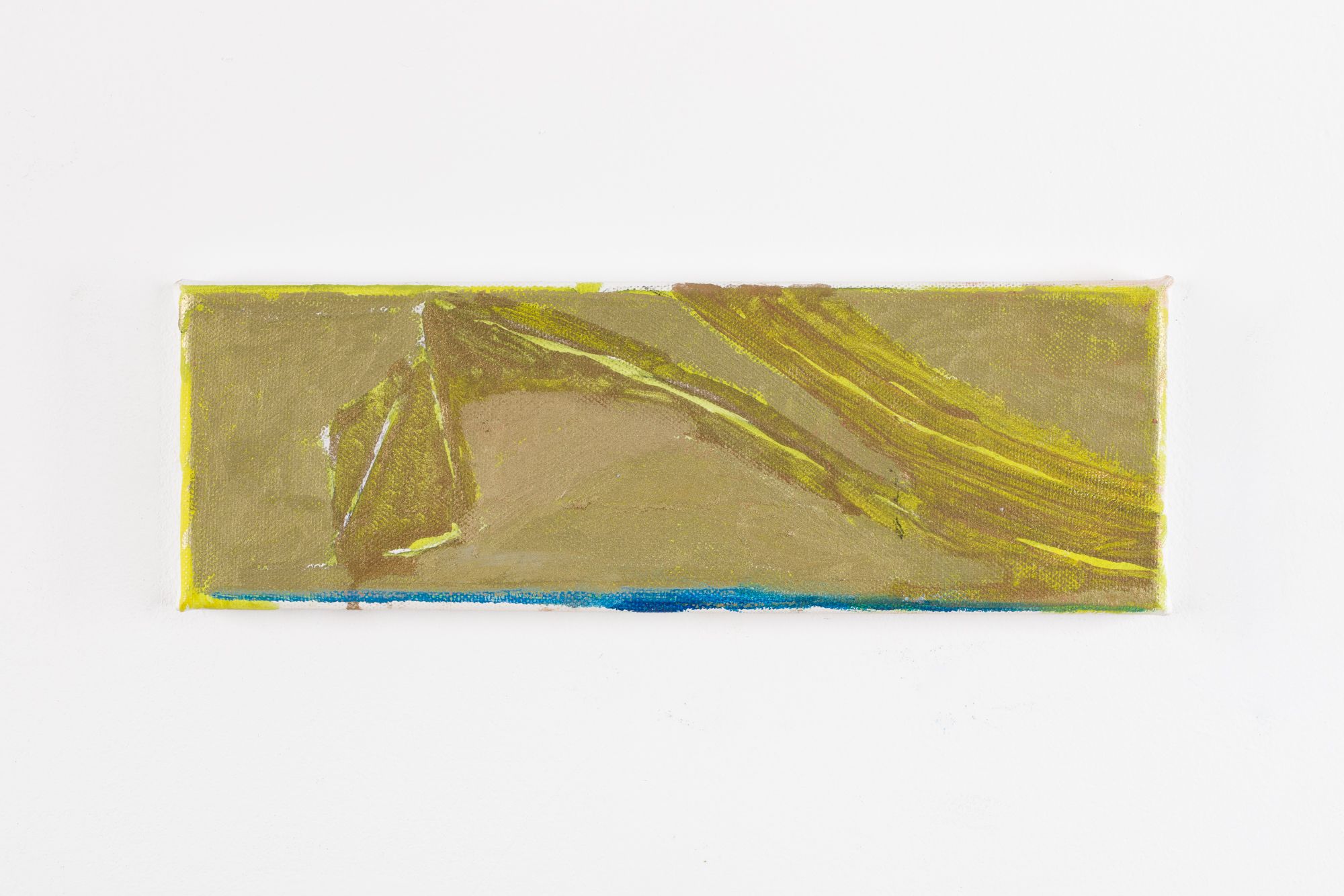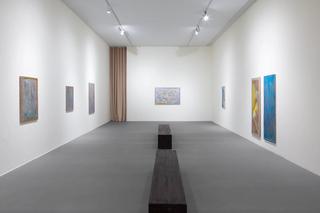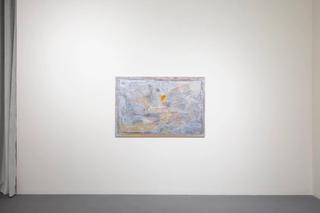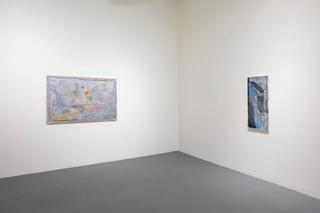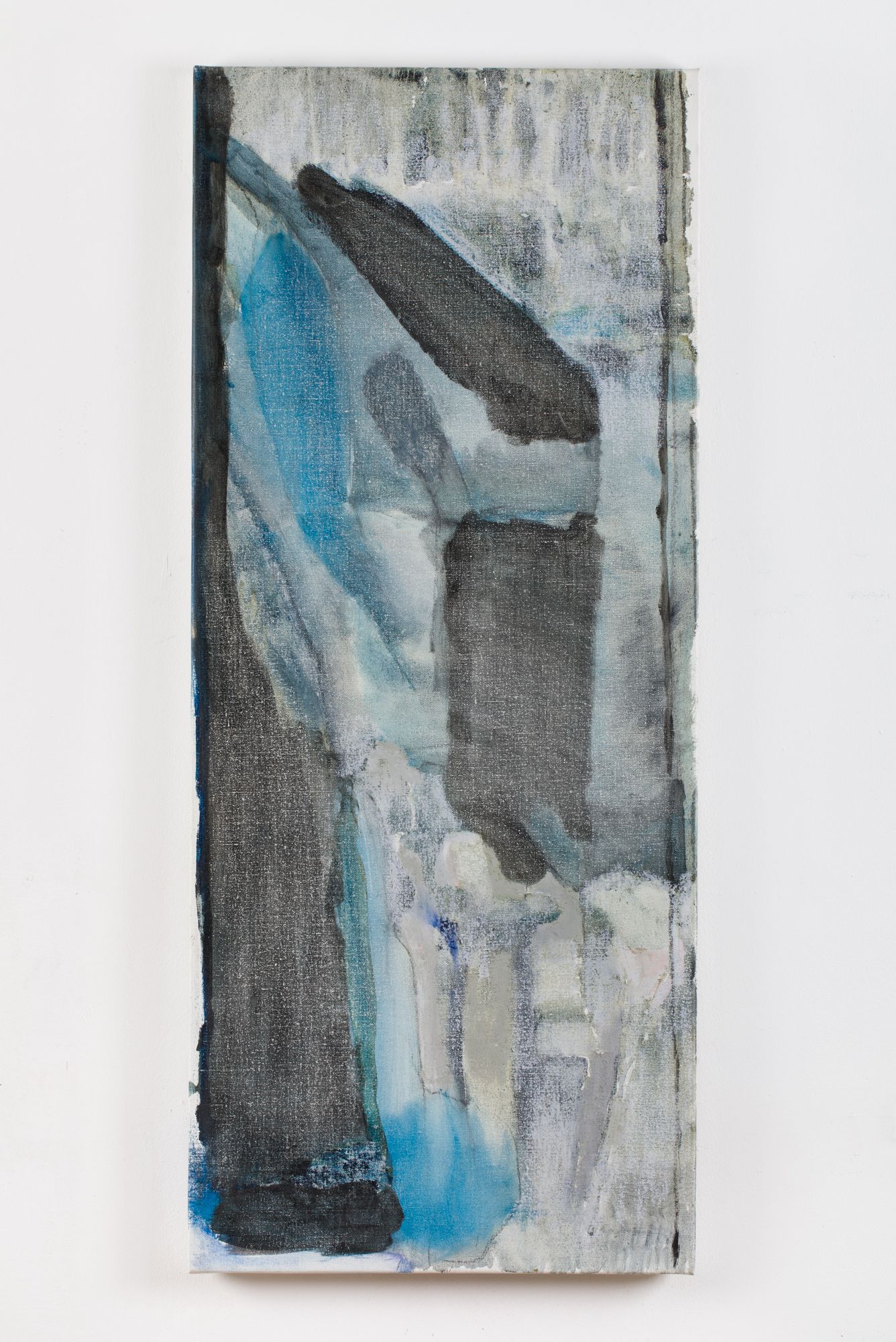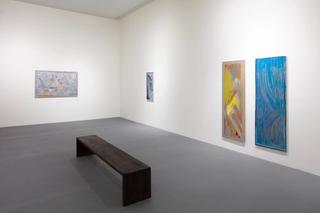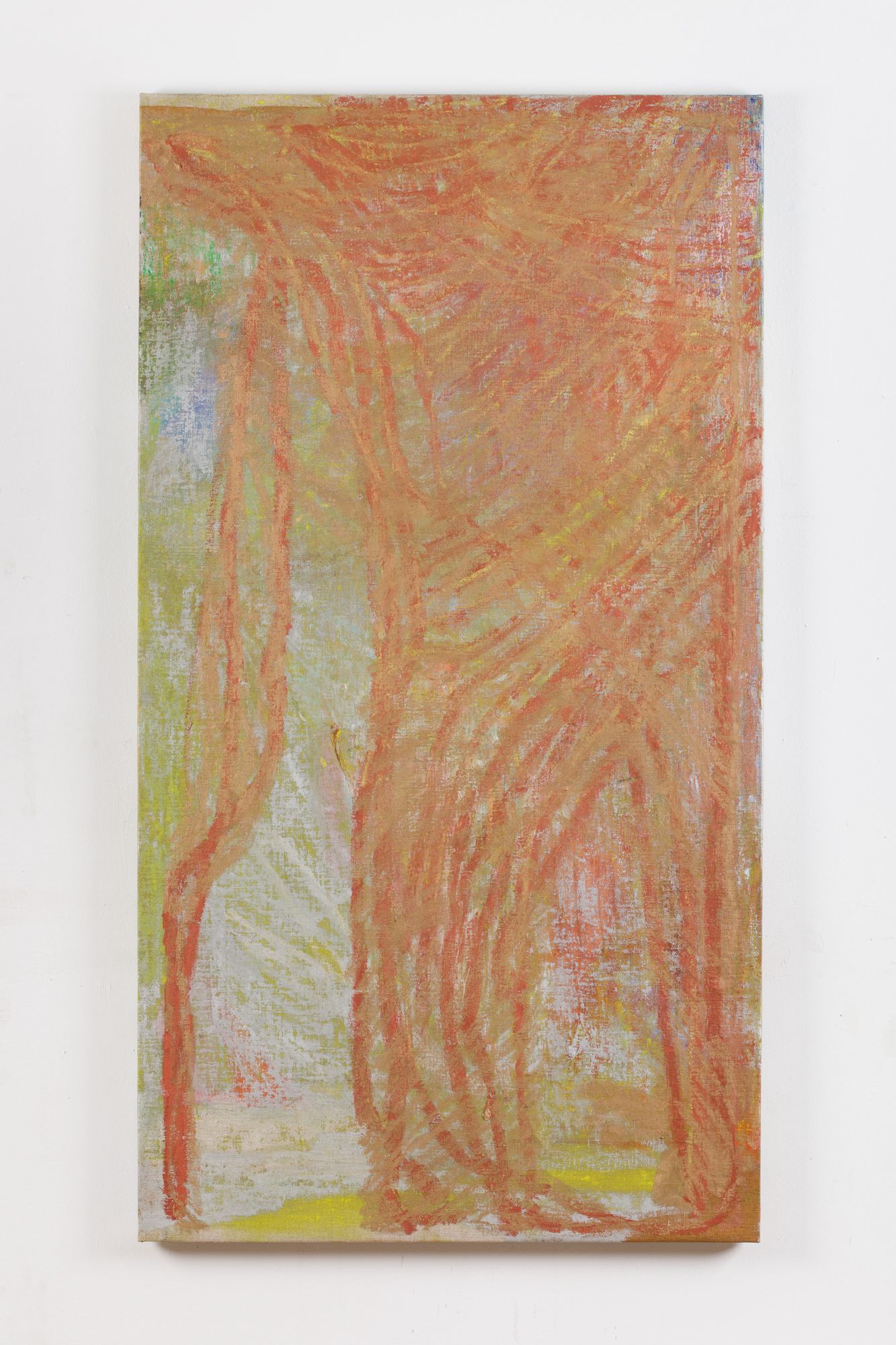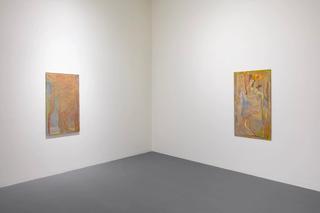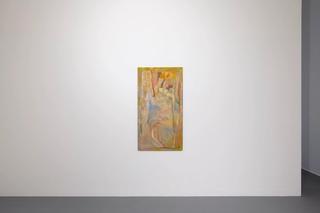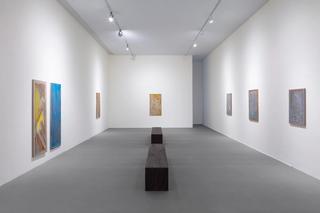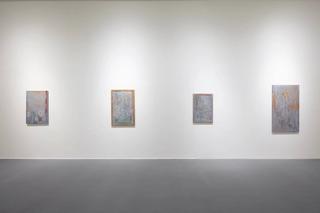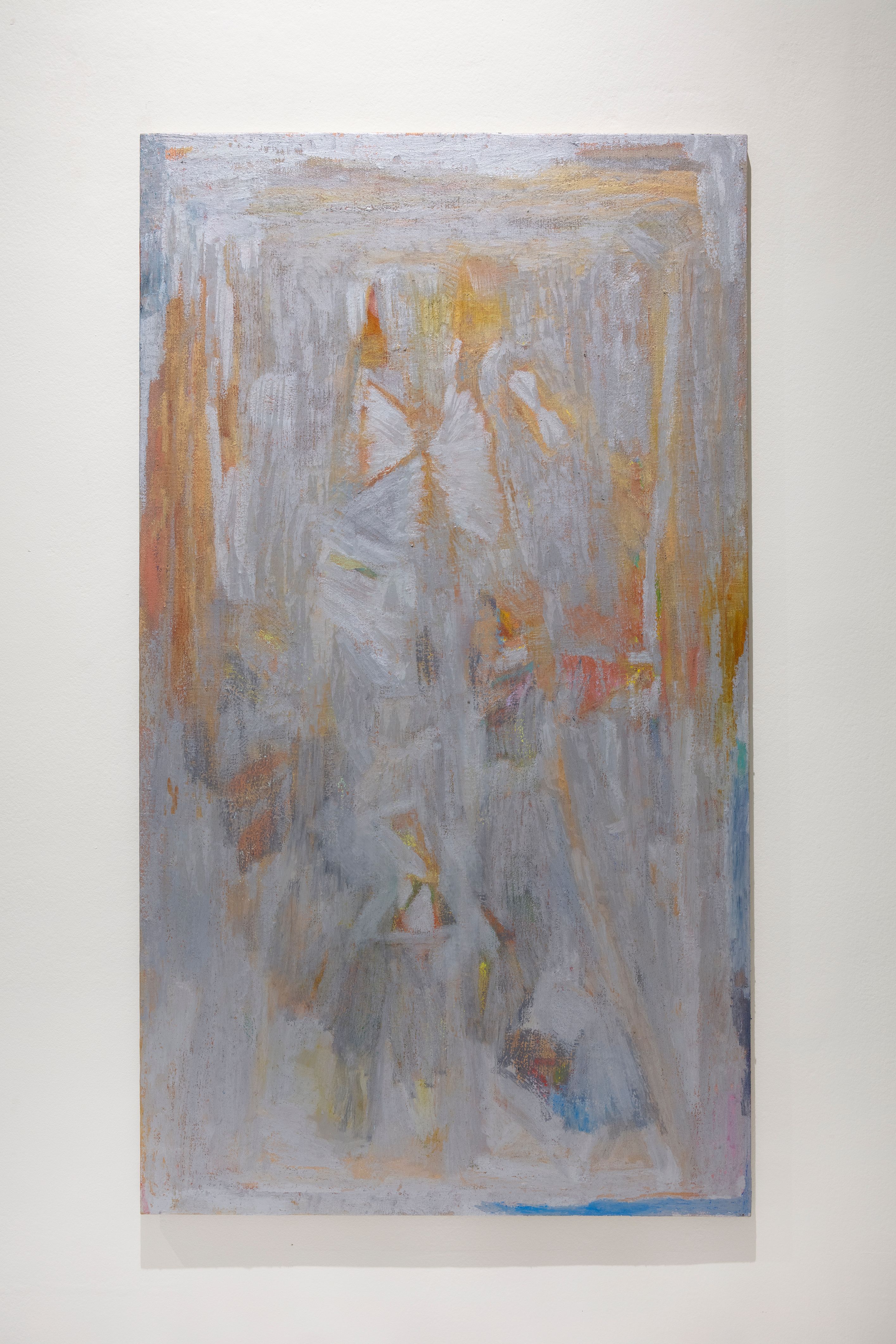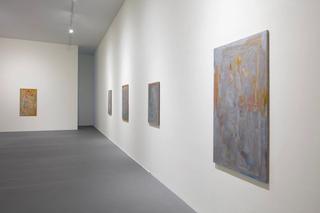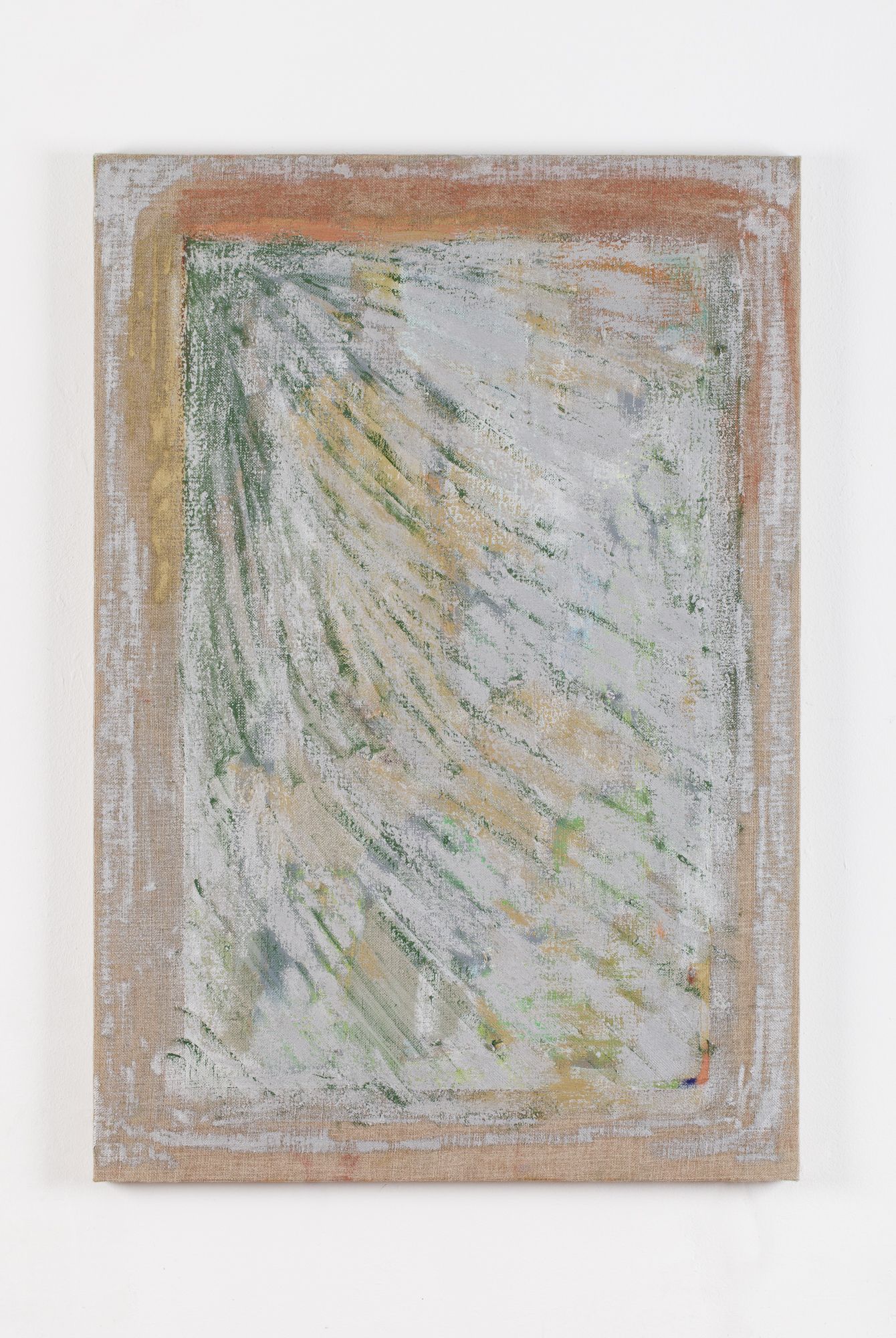Labor is pleased to present Luz de Luna (Moonlight), a solo show of the Argentinian painter based between London and Madrid, Varda Caivano.
Each of the exuberant, intimate, and inquisitive paintings of Varda Caivano (Buenos Aires, 1971) represents a unique journey into the artist´s imaginary. A journey that began when she moved to London to study a postgraduate program in Art History at Goldsmiths University, from which her investigations regarding a pursuit of the image carried on through her participation in the museum of Kunstverein Freiburg, the 55th Venice Biennial in 2013 or exhibitions as relevant as The Density Of The Action (2015), at The Renaissance Society or Surface Works (2018) at Victoria Miro, thus demonstrating her relevance as one of the most prominent conceptual painters in the contemporary art landscape.
Throughout her career, Varda Caivano continues experimenting, subjecting her paintings to a myriad of technical experiments: first she tried ceramic ornaments, then came a more abstract language, then she tested monochrome (she painted only in gray), after that she sanded the pictorial surface a lot (the paint was the matter that had come off the surface or what had been added onto it), then she painted the canvas from behind (the paint was the unintentional gestures that appeared behind: the marks of the paint) and finally she painted on both sides. In her most recent body of work, the artist has experimented with vibrant and even metallic pigments reminiscent of pentimenti – notable in medieval and Renaissance painting. A concept she became very interested in during her years in Rome, after receiving a fellowship from the British Schoool at Rome and studying the concept of "underpainting" – the painting that is underneath the painting – approximating a palimpsest.
Caivano’s interest is to understand in a conceptual, symbolic and technical way, as in: what happens when the image is made? She began to paint on these linen and jute canvases, which she then sewed to a canvas stretcher. These first investigations were conceived in the context of her solo exhibition at Tomio Koyama Gallery, 2019, in Tokyo, where the use of open linen allowed her to appreciate both the irregularities and the openings of its weave, resembling the canvas to one’s own skin. Sometimes, she painted the underside, turned them over and painted them on the other side, sometimes only on one side. Later she became interested in the theme of reflection and the mark of light on the paintings.
From these explorations derived the metallic paintings shown at Labor. In these works, skin becomes bone, bone becomes light; canvas becomes paint; color dissolves; light becomes empty space. They are paintings that abolish the false dualities of body-mind, interior-exterior, without the need to refer to the human form, although not opposing it either; allowing the artist to evoke the sensorial as the protagonist plane and, at the same time, calling the spectator’s memory and imagination to make it their own. New techniques that allow her to continue developing her research on pictorial language and that demand a direct experiential experience, a body to body, that will never allow its reproduction on screens or photographs.
Varda Caivano's practice is closer to that of a researcher. She does not present herself as an omnipotent artist, nor as a genius artist, but simply as a worker who is interested and works in her studio on a specific theme. She continues to experiment on the dichotomy between the two-dimensional and the three-dimensional, colour and matter, gesture and texture, solid and liquid; not as motifs of painting, but as a structure that structures itself, perhaps as a metabolism with a life of its own, a poetics that invites us to discover what we do not know or do not want to know that we are. Abstractions, then, in which beats an intimate vital reality. In a way, Varda's painting is conceptual and committed. Today's world has changed and requires a space for thought through painting, an act, which is therefore political.
-Luz Massot
![Luz de luna [Moonlight]](https://cdn.sanity.io/images/rzso0e8h/production/0cb0490d0a25762fcf111cb2bb33bc36968ddf8d-1329x2000.jpg?w=1329&h=2000&auto=format)
